
Henri Matisse Poster Le bonheur de vivre Oil On Canvas HIGH Etsy
Henri Matisse's artwork Le bonheur de vivre (The Joy of Life) Le bonheur de vivre, along with Picasso's Les Demoiselles d'Avignon, is recognized as one of the foundations of early modernism. The massive work was initially shown at the Salon des Indépendants in 1906, when its cadmium hues and spatial distortions elicited popular fury and outcry.
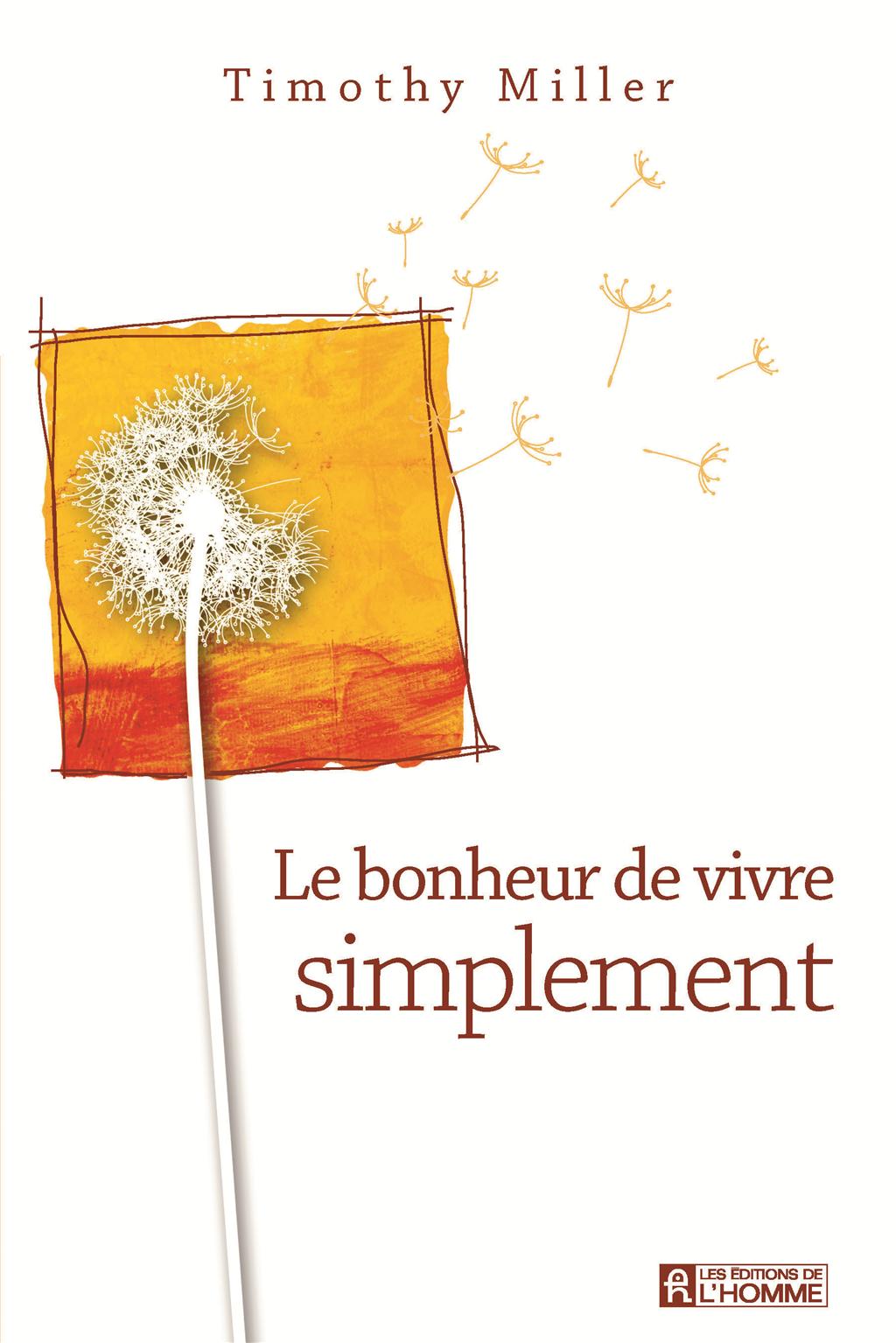
Livre Le bonheur de vivre simplement Les Éditions de l'Homme
The scene depicted in Le Bonheur de Vivre is an expression of pure pleasure. Here is a fantastical place full of life and love and free from negativity. Instead of a contemporary scene in a park, on the banks of the Seine, or other recognisable places in nature, Matisse has returned to mythic paradise. The painting was purchased by wealthy.
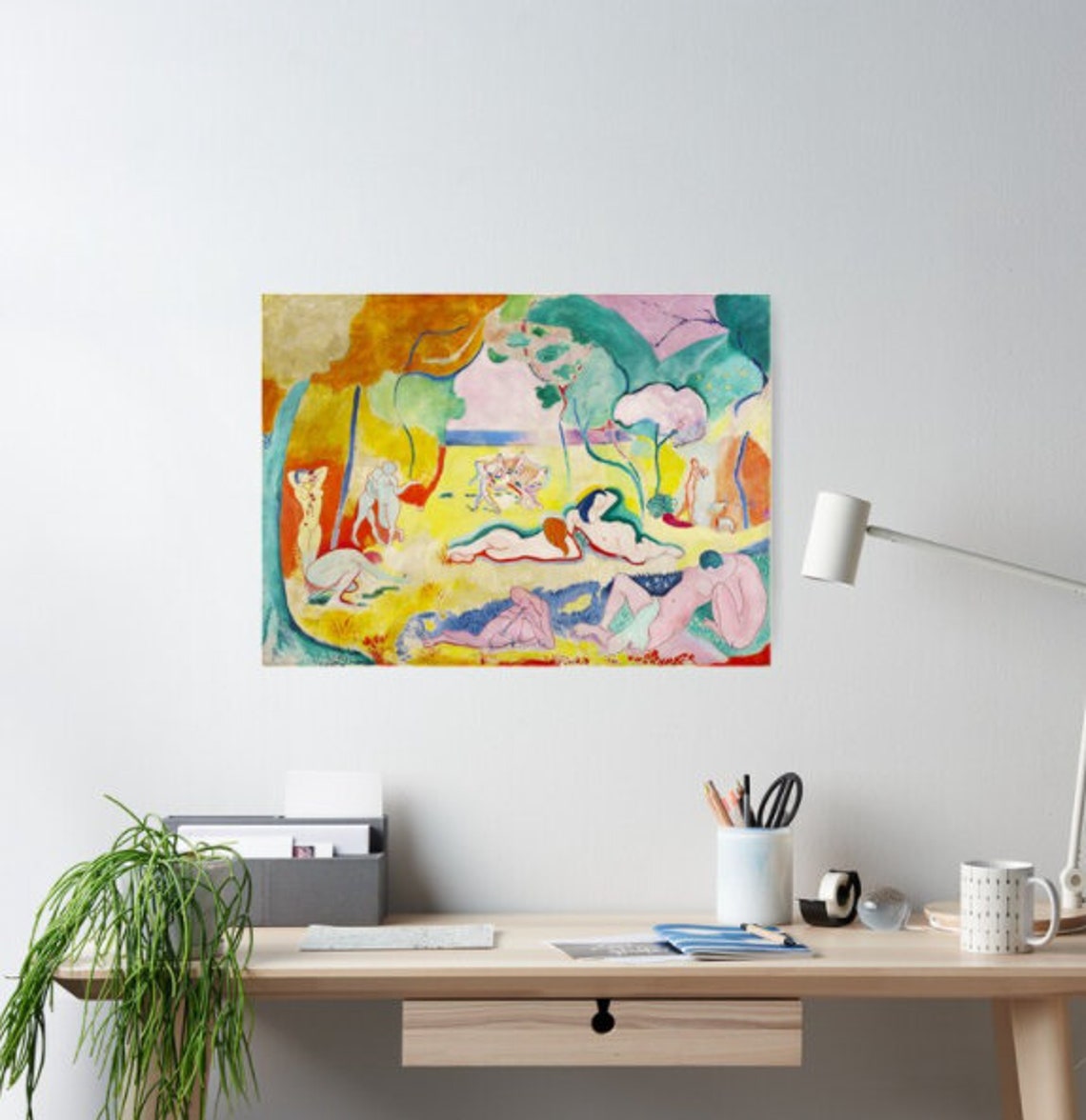
Matisse Le bonheur de vivre The Joy of Life Poster Etsy
(In the Time of Harmony) of 1893-5 (Chapter 2); and Matisse's Le bonheur de vivre (The Pleasure of Life) of 1905-6 (Chapter 3). Together, these works summarize the idea of the idyllic (a combination of pastoral, Utopian, and mythic traditions, accord ing to Werth) at one historical interval, and raise important questions concerning
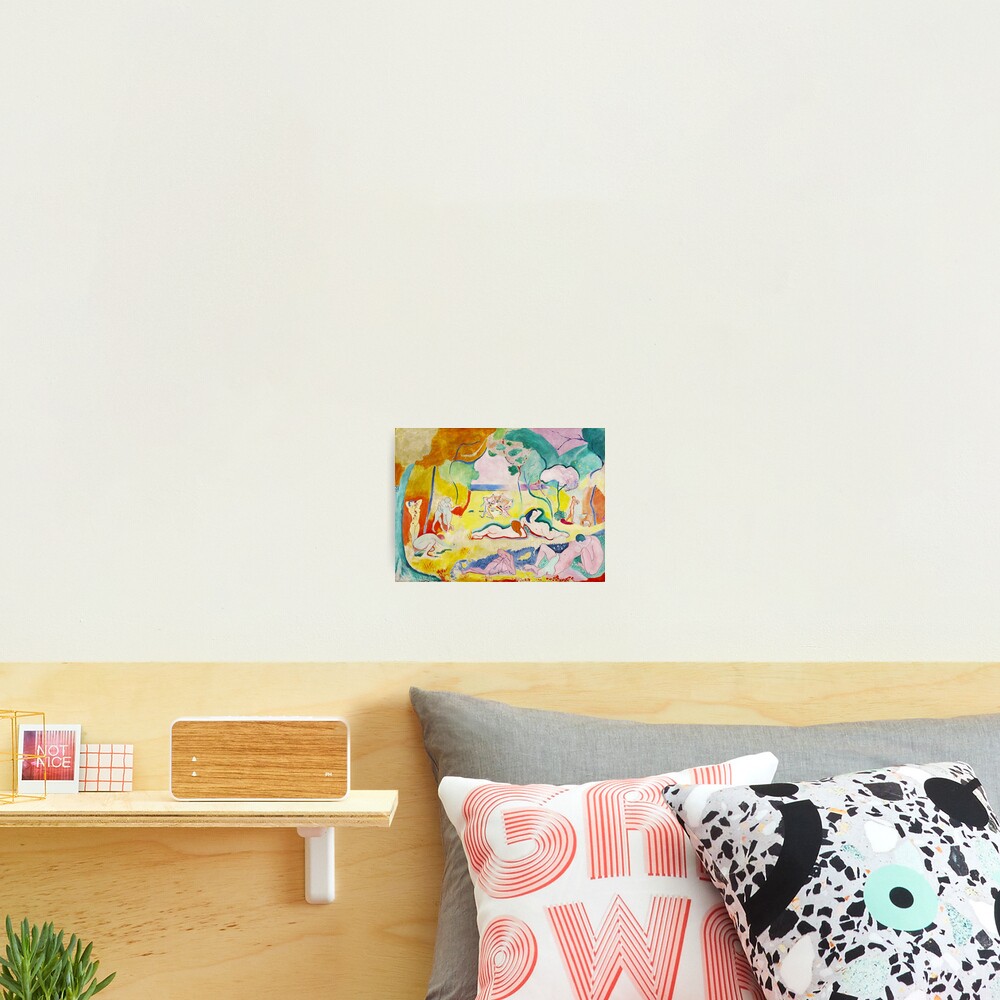
"Matisse Le bonheur de vivre (The Joy of Life)" Photographic Print for Sale by CarlsArt
Joy of Life (Le Bonheur de Vivre). He grew up in Bohain-en-Vermandois and went to school at the College de Saint Quentin, before moving to Paris to study law. In 1889, he returned to Saint-Quentin as a law clerk, though he found the job tedious and complained of anxiety. Later that year he contracted appendicitis and spent several months at.

Livre Apprendre le bonheur de vivre... Oui, c'est possible... Messageries ADP
Henri Matisse, detail, Bonheur de Vivre (Joy of Life), 1905-06, oil on canvas, 176.5 x 240.7 cm (The Barnes Foundation, Philadelphia) The painting was purchased by a wealthy expatriate American writer-poet named Gertrude Stein and her brother, Leo Stein, who shared a home filled with modern art at 27 Rue de Fleurus, in Paris.
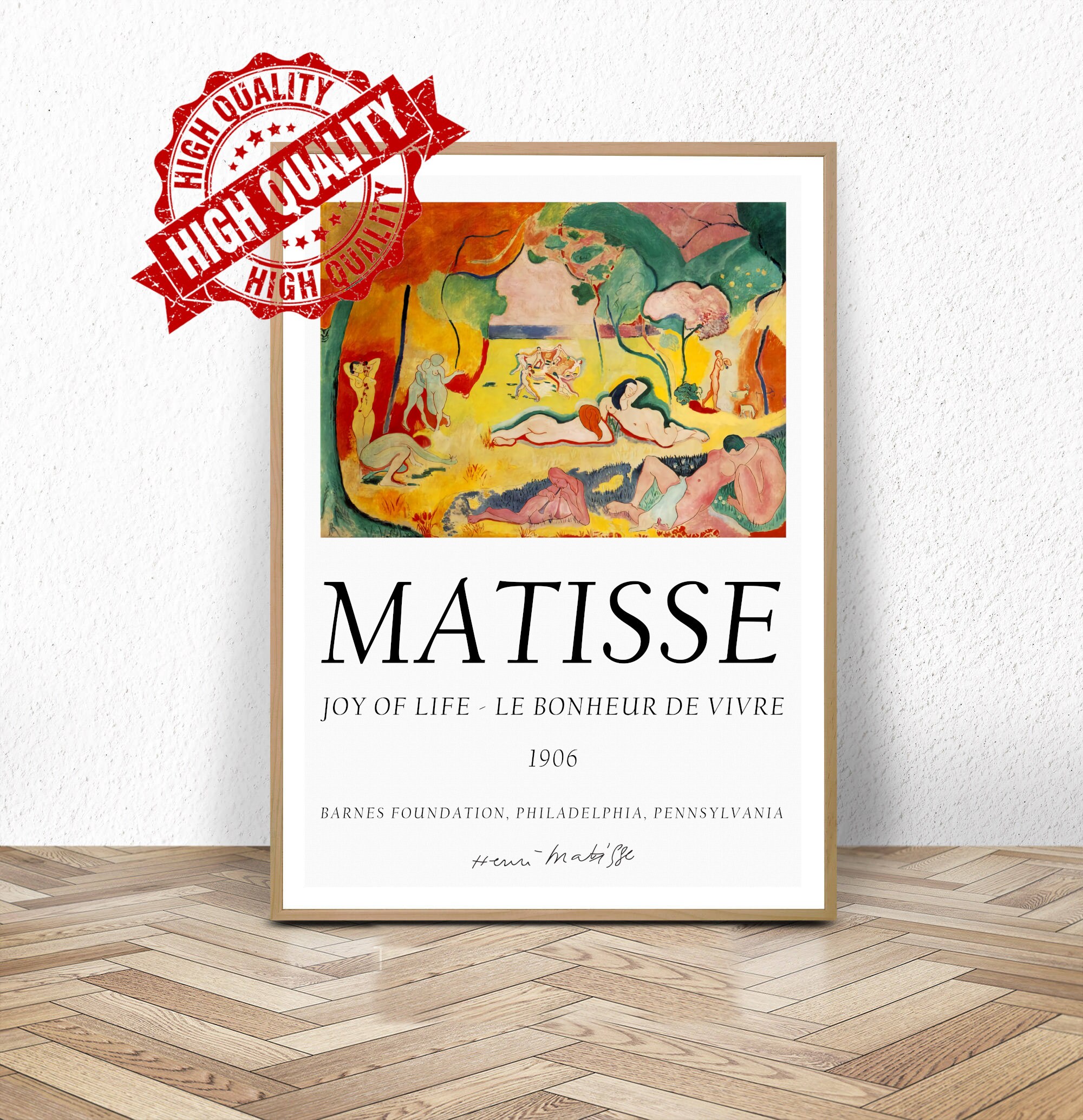
The Joy of Life / Le Bonheur de Vivre / by Henri Matisse / Etsy
Le bonheur de vivre is a painting by Henri Matisse. Along with Picasso's Les Demoiselles d'Avignon, Le bonheur de vivre is regarded as one of the pillars of early modernism. The monumental canvas was first exhibited at the Salon des Indépendants of 1906, where its cadmium colors and spatial distortions caused a public expression of protest and outrage.

Le bonheur de Vivre Joy of Life Henri Matisse Reproduction Etsy
Le bonheur de vivre (The Joy of Life) is a painting by Henri Matisse.Along with Picasso's Les Demoiselles d'Avignon, Le bonheur de vivre is regarded as one of the pillars of early modernism. The monumental canvas was first exhibited at the Salon des Indépendants of 1906, where its cadmium colors and spatial distortions caused a public expression of protest and outrage.
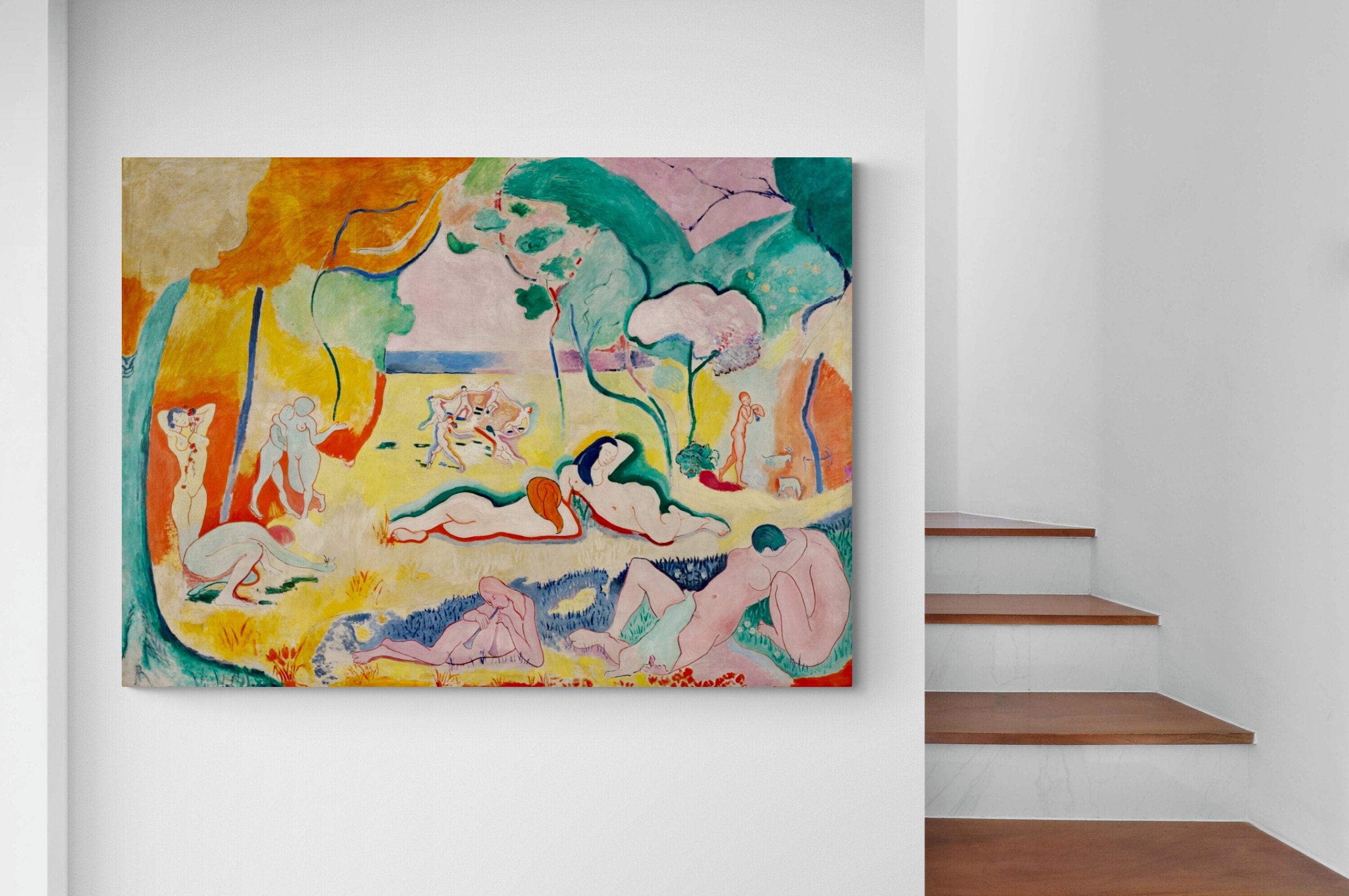
Henri Matisse Canvas the Joy of Life Le Bonheur De Vivre 1906 Etsy
Matisse's large-scale painting, Le bonheur de vivre, illustrates this interest. Though the scene is based in a natural setting, Matisse forewent neutral tones for a kaleidoscopic color scheme. In addition to orange trees, blue grass, and a pale pink sky, he also rendered the figures in a rainbow of hues.

Henri Matisse Le Bonheur De Vivre
modifier - modifier le code - modifier Wikidata La Joie de vivre ou Le Bonheur de vivre est un tableau d' Henri Matisse (Paris 1905-1906). Description [modifier | modifier le code] La toile a été exposée pour la première fois au Salon des Indépendants de 1906, où les couleurs au cadmium et les distorsions spatiales suscitent l'indignation . Dans ce tableau, des femmes et des hommes nus s.

Le bonheur de Vivre Joy of Life Henri Matisse Reproduction Etsy
The Joy of Life. In 1906, Henri Matisse finished what is often considered his greatest Fauve painting, the Bonheur de vivre, or the "Joy of Life."It is a large-scale painting (nearly 6 feet in height, 8 feet in width), depicting an Arcadian landscape filled with brilliantly colored forest, meadow, sea, and sky and populated by nude figures both at rest and in motion.

"Matisse Le bonheur de vivre (The Joy of Life)" Poster for Sale by CarlsArt Redbubble
Le Bonheur De Vivre is a masterful painting created by French artist Henri Matisse between 1905 and 1906. The painting depicts figures dancing and playing music in a natural setting, using bold colors, shifts in scale, and distorted anatomies which shocked audiences of the time. Matisse's approach to the painting was radically different from.

Barnes Takeout Art Talk on Matisse’s Le Bonheur de vivre YouTube
Gertrude Stein described the work, stating: "Matisse had painted Le Bonheur de Vivre and had created a new formula for color that would leave its mark on every painter of the period." Discover more Matisse-inspired works: Autoportrait dans les jardins… by Maria Magenta In Paints by Ivan Klimenko Nude with Red Roses by Koola Adams Old.
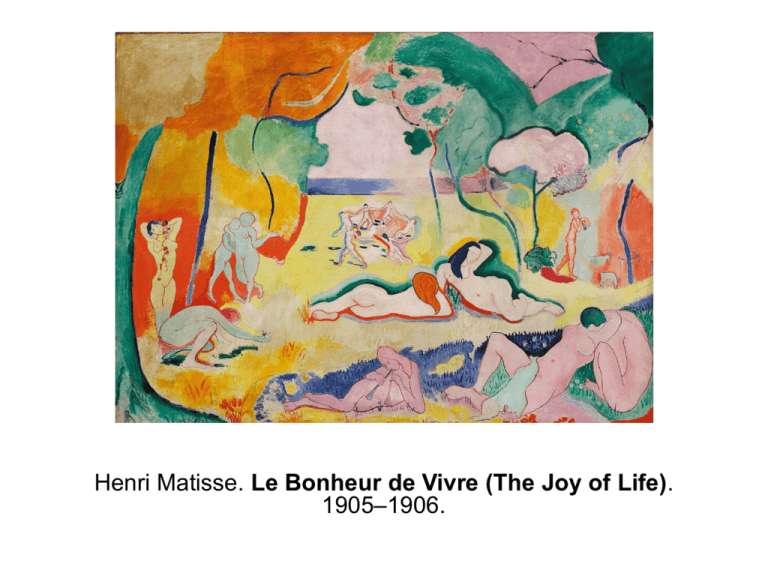
Henri Matisse. Le Bonheur de Vivre (The Joy of Life).
When Le Bonheur de vivre was shown publicly, from March 20 to April 20, 1906, at the Salon des Independants, it dazzled and became legendary. As Gertrude Stein, who had witnessed this moment, would write later, "Matisse had painted Le Bonheur de vivre, and had created a new formula for color that would leave its mark on every painter of the period.".

Gratuit 78 Joie Citation Sur Le Bonheur De Vivre FraisCitation
Matisse painted Le Bonheur de Vivre, a fantasy of a back-to-nature milieu, the year he bought the Vili figurine (Credit: Alamy) But it wasn't just the small Congolese figure that had provided.
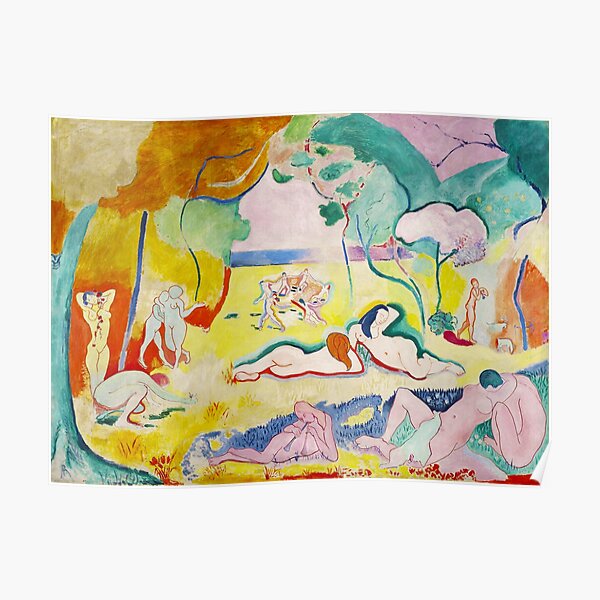
Poster « Matisse Le bonheur de vivre (La joie de vivre) », par CarlsArt Redbubble
Le Bonheur de Vivre. Artist: Henri Matisse. The Joy of Life, possibly Matisse's best-known Fauvist work, was created in response to the negative critical reactions that followed Matisse's contributions to the 1905 Salon d'Automne. Although the subject of merry-making figures within a pastoral setting is a venerable one in Western art, Matisse's.
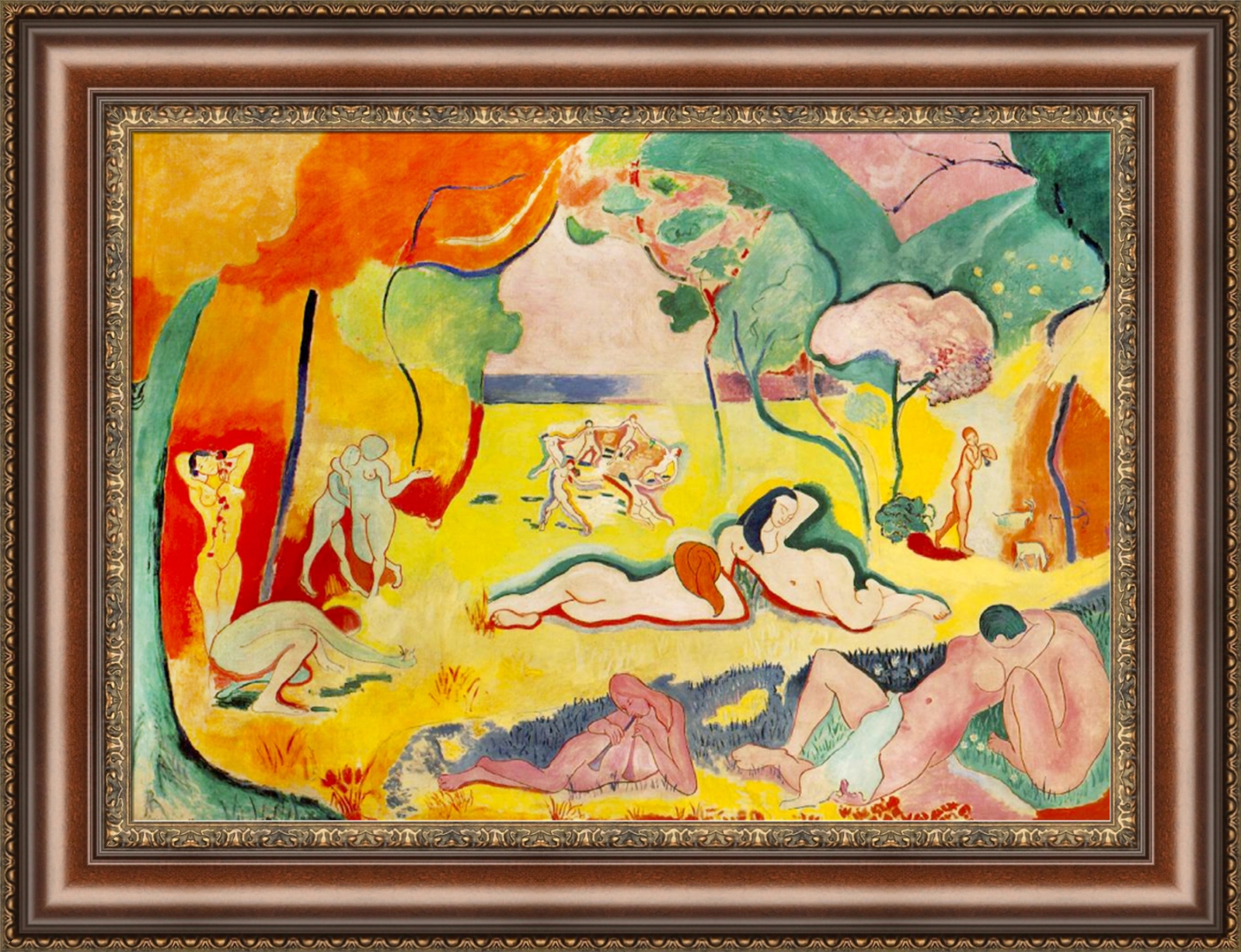
Henri Matisse The Joy of Life Framed Canvas Giclee Print 27"x20.5" (V0516) eBay
Like the poet W. B. Yeats, the painter Henri Matisse found in dance and dancers a source of inspiration for his work, which sought to achieve rhythmic effects similar to those of the dance, as in Joy of Life ("Le Bonheur de vivre"; 1905-6). Here, the joy of lovemaking, piping, and dancing infuses the colors and rhythmic shapes of the canvas.